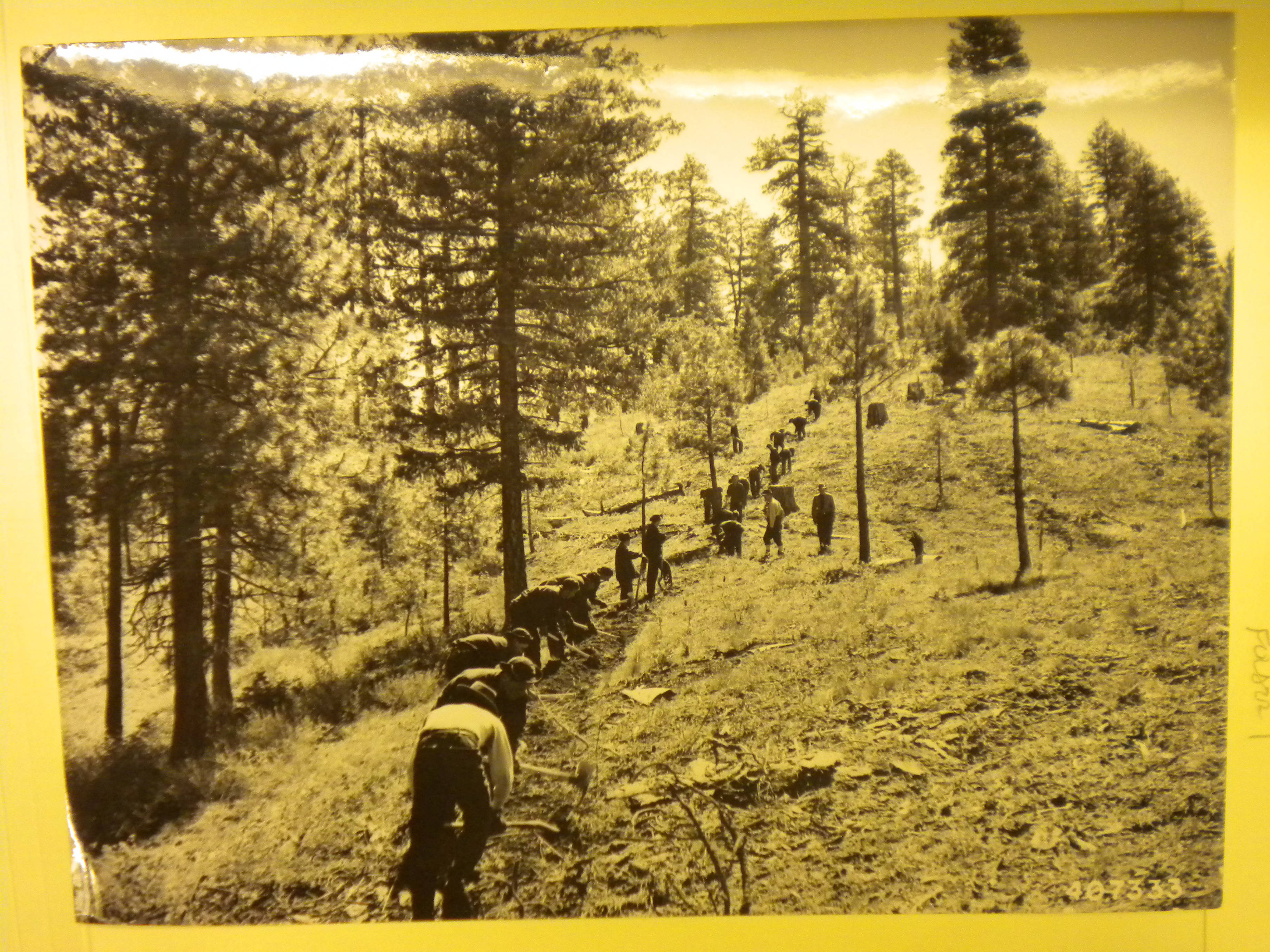The Boise National Forest is about 2.6 million acres and is one of the largest national forests in the country.1
Most of the area composing the Boise National Forest has been inhabited by Indigenous nations for “thousands of years.” We know this because of the archaeological and anthropological evidence: “archaeological sites, including several rock shelters, campsites, and burial grounds, have been located on various rivers in the area. Pictographs have been discovered near rock shelters and artifacts have been found along the rivers.”2
The first non-Indigenous people to travel through the area were British and American “fur traders and trappers…soon after Lewis and Clark crossed Idaho in 1805.”3
In the 1860s, gold was discovered in many parts of the region and mining camps sprung up everywhere. Like other mining boomtowns in the western United States, Idaho’s mining camps were ethnically diverse, “with many miners from Europe and China.” By 1870, thirty percent of Idaho’s population was Chinese.4
The area was established as the Boise National Forest in 1908 by President Theodore Roosevelt in hopes to “protect timber and watershed resources in southwestern Idaho. The Forest Service added lookouts, campgrounds, and roads, assisted by hundreds of young men enrolled in the Civilian Conservation Corps (CCC) during the Great Depression…”5 When the forest was created, “portions of the Payette National Forest and Sawtooth Forest Reserves” were taken to include in the Boise National Forest.6
“Today, the Shoshone, Paiute, and Nez Perce Tribes continue to exercise off-reservation treaty rights such as fishing, hunting, and plant gathering in the Boise National Forest.”7
Sources
-
“History of the Boise National Forest, 1905-1976,” Boise State Historical Society, Boise, 1983 ↩
-
“History of the Boise National Forest, 1905-1976,” Boise State Historical Society, Boise, 1983, p. 3-4 ↩
-
Boise National Forest History & Culture: A Bit Of Our History and “History of the Boise National Forest, 1905-1976,” Boise State Historical Society, Boise, 1983, p. 7 ↩
-
Boise National Forest History & Culture: A Bit Of Our History ↩
-
Boise National Forest History & Culture: A Bit Of Our History ↩





